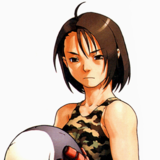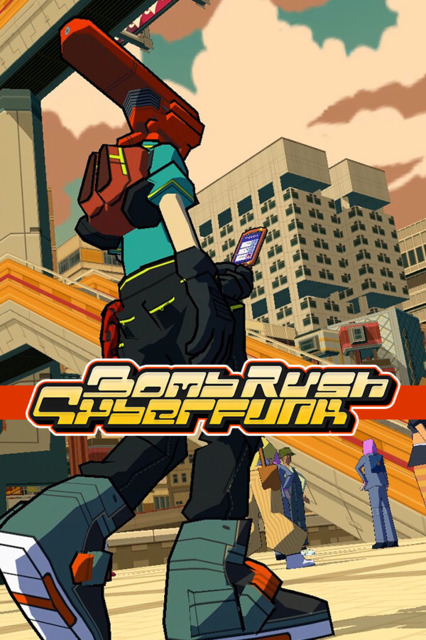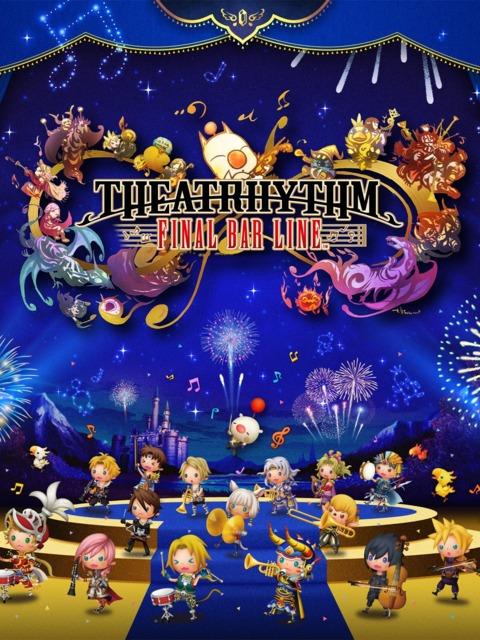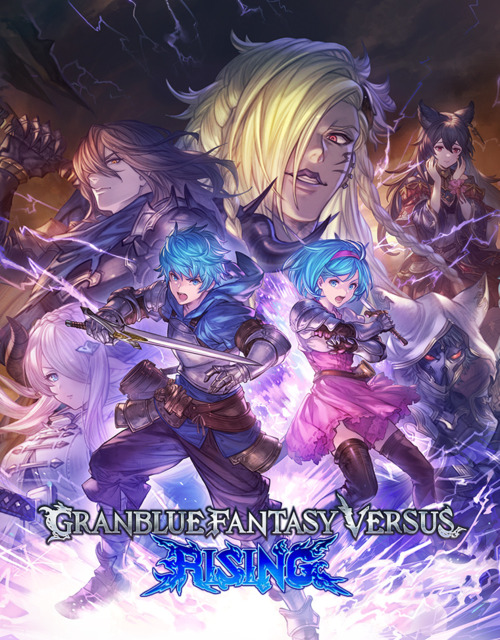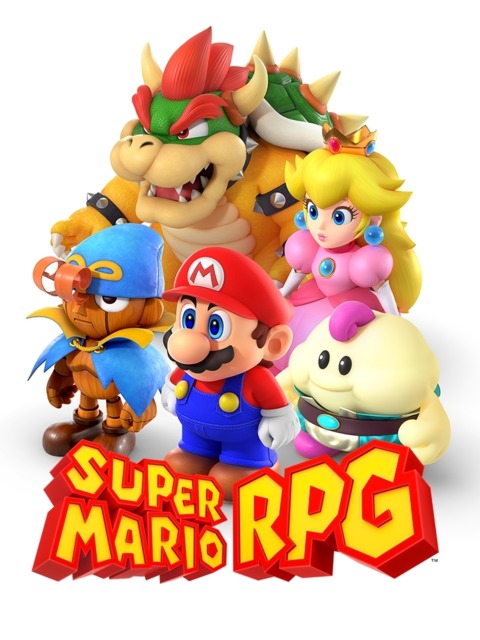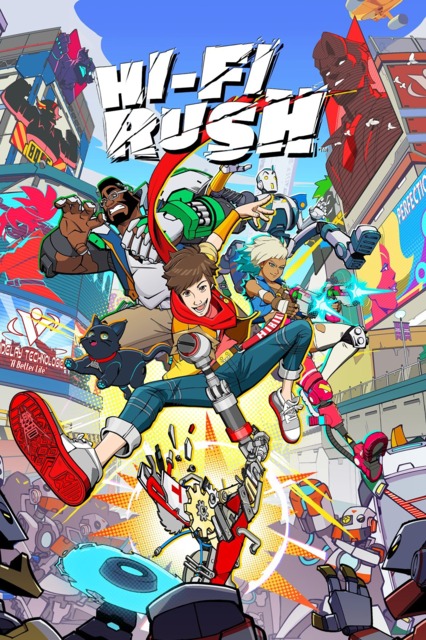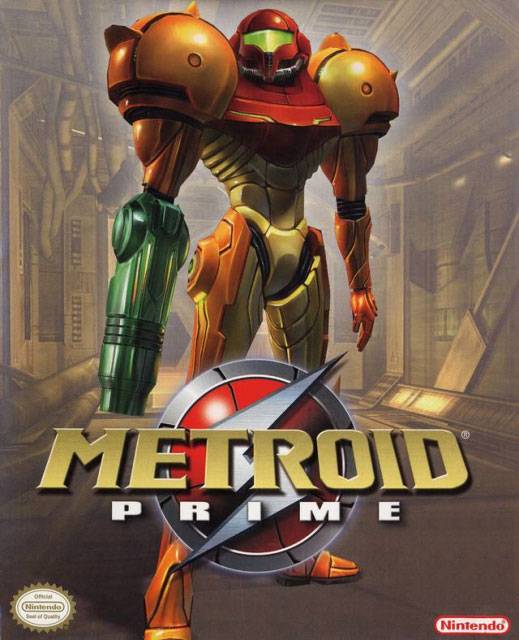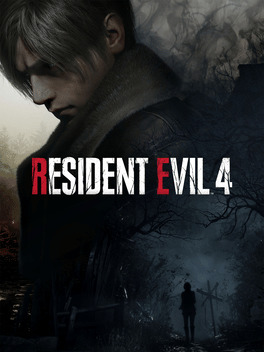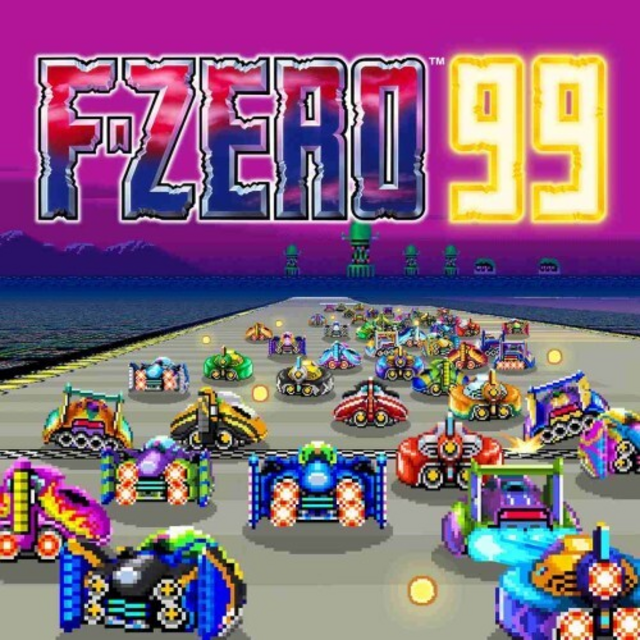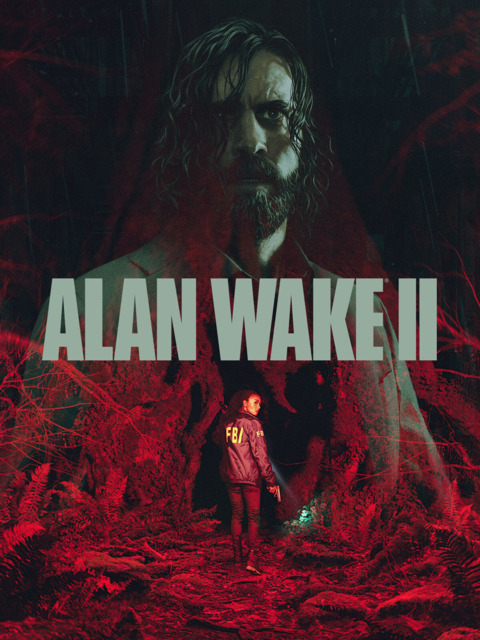GOTY 2023
What to say? I echo for those that are following the video game industry that it’s been an incredible year for games yet shit for the thousands of employees who lost their jobs due to the company's unrealistic expectations. Personally, I’ve had a terrible time dealing with numerous internal family issues that have hampered my ability to play games in my current residence. I also did my best to refrain from buying too many games as I am preparing for a goal to move out of my current residence to an apartment. In terms of games I played that were released this year, it was a very slow start but then I picked up the pace as much as I could in the second half of the year.
2023 Games - Not Purchased, Interested
- Baldur’s Gate 3
- The Legend of Heroes: Trails into Reverie (western release, too hard to catch up with series)
- The Legend of Heroes: Trails to Azure (western release, too hard to catch up with series)
- Marvel’s Spider-Man 2
- Pikmin 4
- Robocop: Rogue City
- Sea of Stars
- Star Ocean: The Second Story R
2023 Games - Acquired/Purchased, Not Played
- Dead Space Remake (lower in the totem pole in games I wanted to get to)
- The Legend of Zelda: Tears of the Kingdom (still haven’t played Breath of the Wild)
- The Murder of Sonic the Hedgehog (April Fools freebie)
- Octopath Traveler II (bought in late Dec 2023)
2023 Games - Played, Not Made Top Ten
- Cocoon
- Humanity
- Planet of Lana
- Street Fighter 6
- Suika Game
- Yeah! You Want “Those Games”, Right? So Here You Go! Now, Let’s See You Clear Them!
